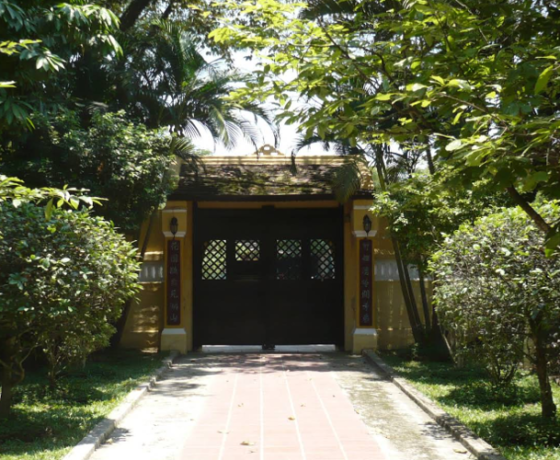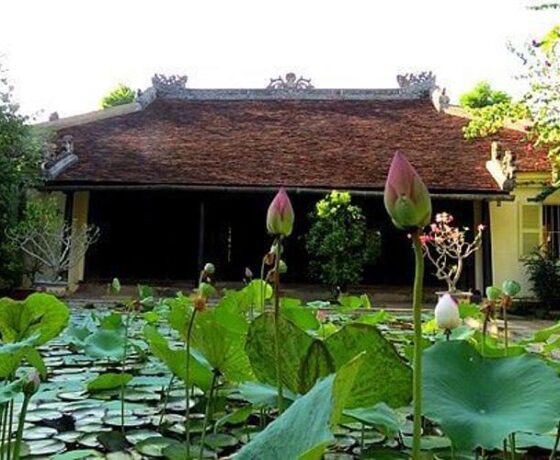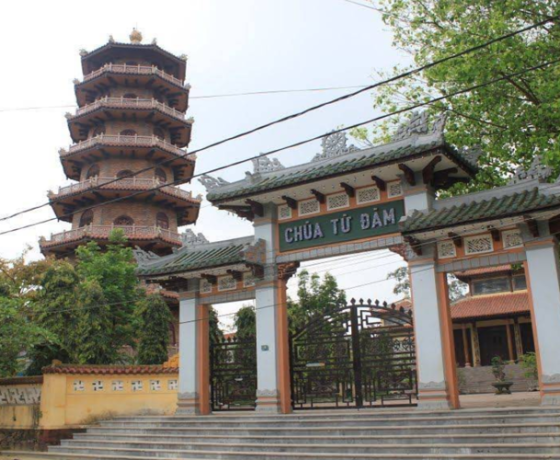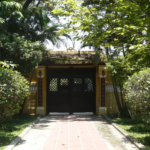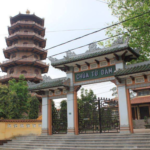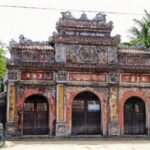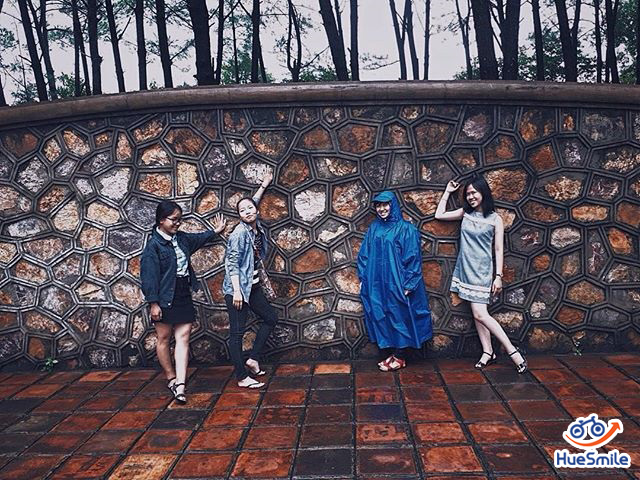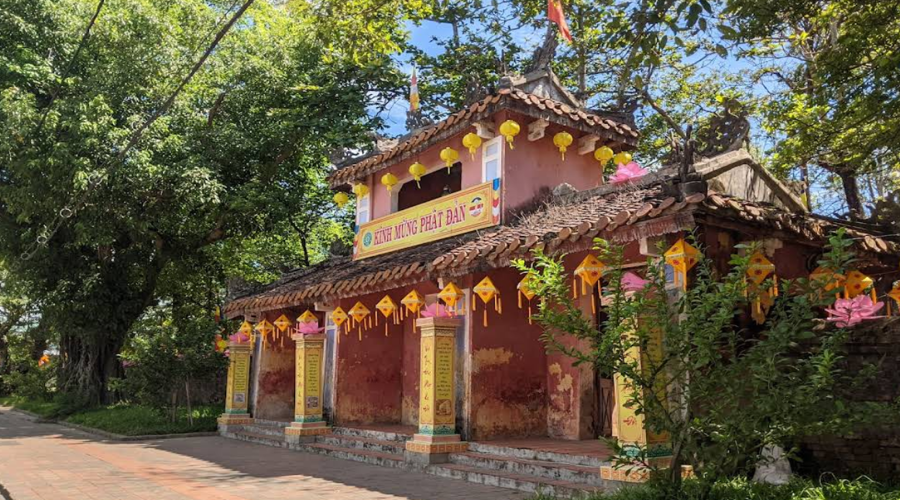
Diệu Đế Pagoda is one of the 20 most remarkable ancient structures of Hue, offering a unique charm of history, spirituality, and resilience. Built by King Thieu Tri between 1842 and 1844, this pagoda carries significant cultural and historical value, having played a pivotal role in Vietnam’s Buddhist and anti-war movements in the 1960s.
Overview of Dieu De Pagoda
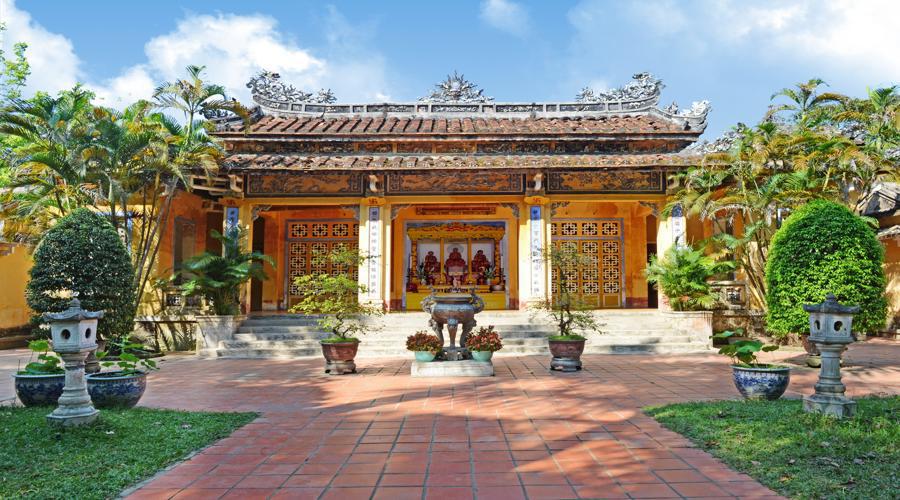
Nestled on a 5,000-square-meter platform, Diệu Đế Pagoda was originally constructed on the king’s former residence built in 1807. The pagoda is located along four streets: To Hien Thanh, Bach Dang, Ong, and Dieu De. While it may not rival the grandeur of Thien Mu Pagoda, Diệu Đế Pagoda’s tranquil charm lies in its central worship hall — the ‘Dai Giac’ — and its durable ancient ramparts, the ‘La Thanh’. Historically, it housed statues from Giac Hoang Pagoda and served as a vital Buddhist stronghold during Vietnam’s anti-Diem movement. Despite suffering destruction in 1887, Diệu Đế Pagoda remains a meaningful destination for both history lovers and spiritual seekers.
How to get to Dieu De Pagoda
Diệu Đế Pagoda is about 2km east of Hue Imperial City.

Address: Bach Dang, Phu Cat ward, Hue city
Nearby attractions
- Thien Mu Pagoda – The iconic riverside pagoda of Hue.
- Dong Ba Market – A bustling local market perfect for souvenir shopping.
- Hue Imperial City (Citadel) – Vietnam’s ancient royal fortress and UNESCO World Heritage Site.
- Truong Tien Bridge – Hue’s most famous historic bridge crossing the Perfume River.
Opt for a half-day city tour with Hue Smile Travel for a seamless experience.

